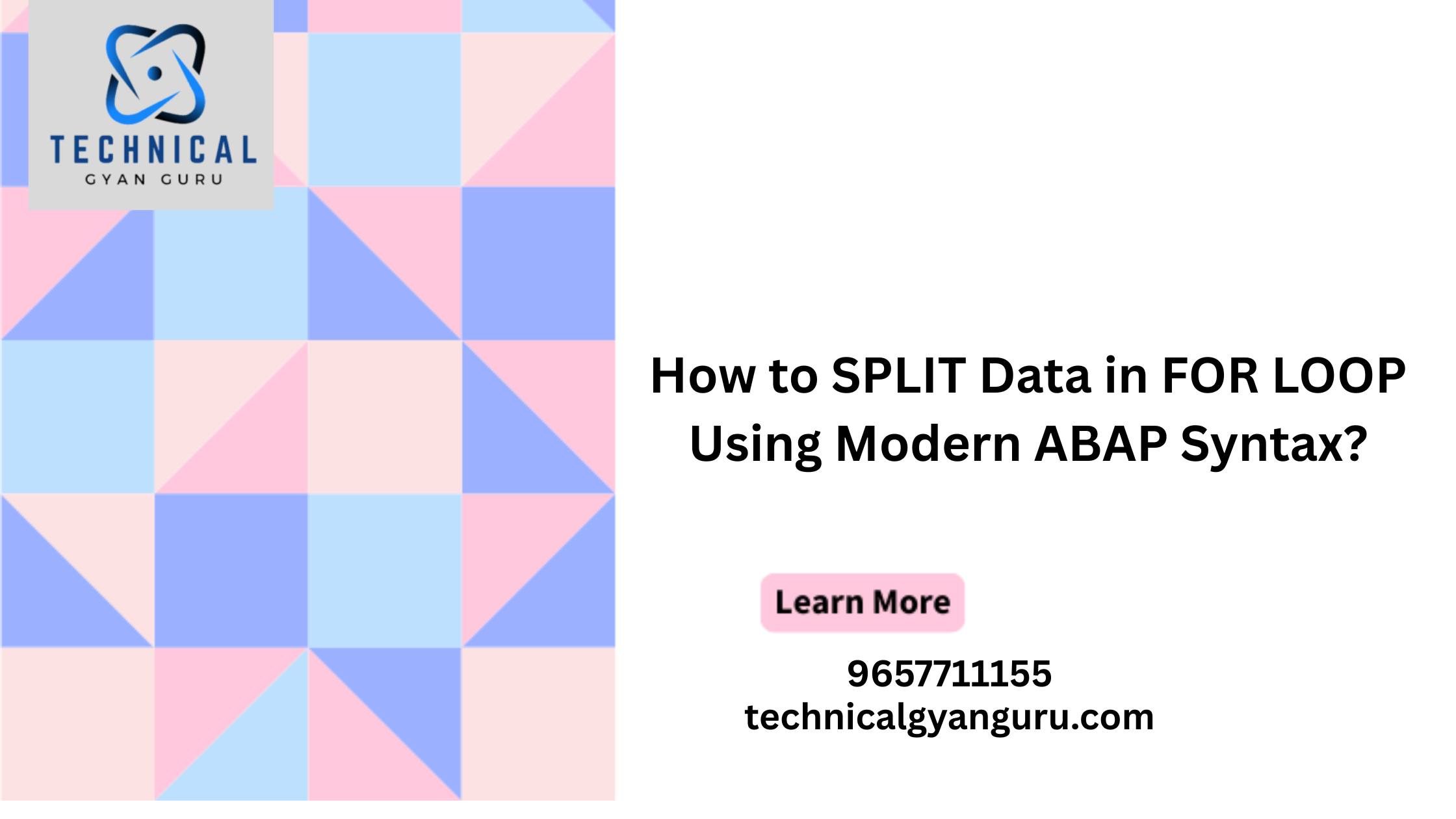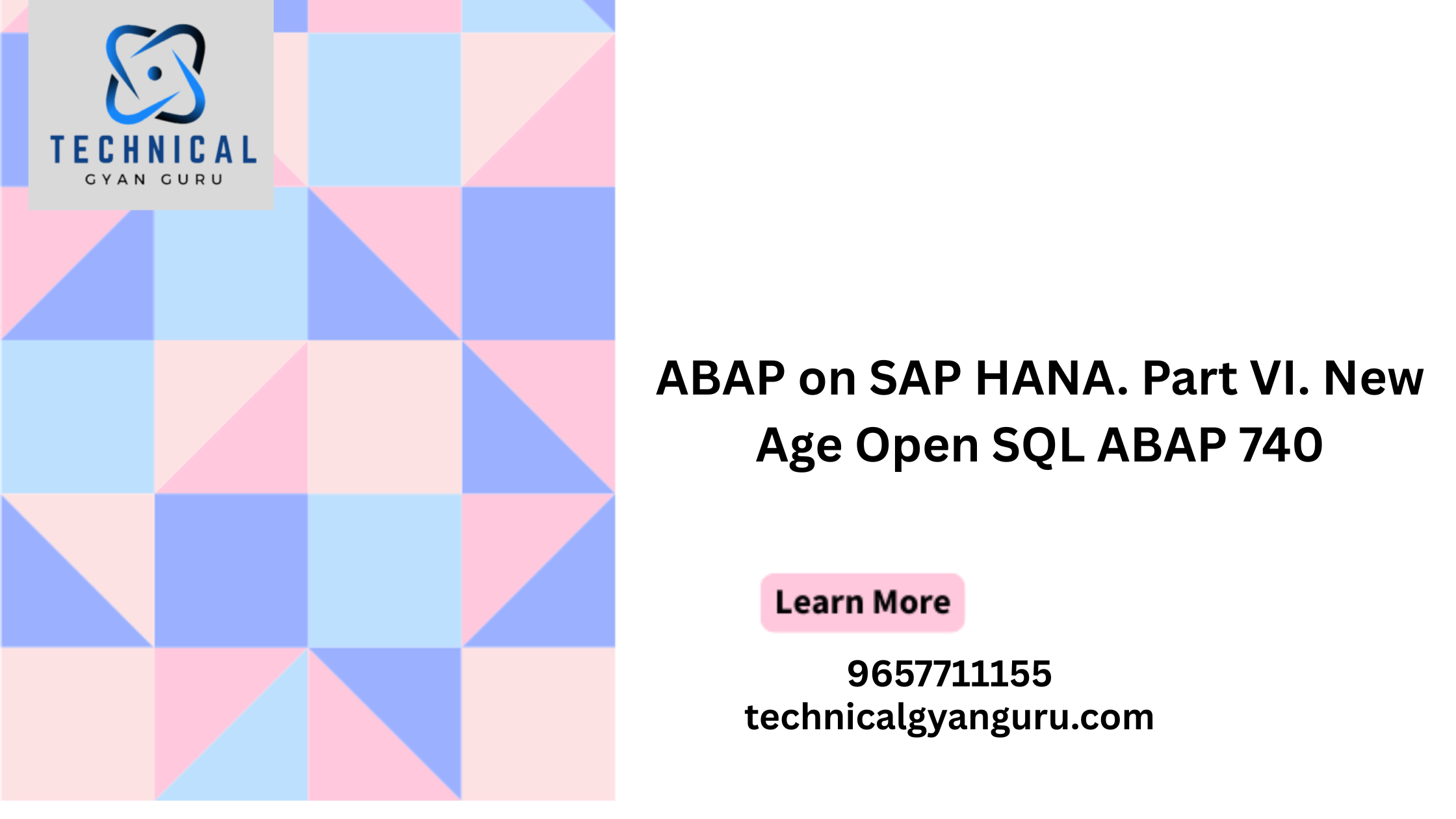
In the age of digital connectivity, safeguarding data is paramount. OData, a powerful protocol for data exchange, places a strong emphasis on security and authentication. This blog explores the vital aspects of OData security and authentication, offering insights into best practices that ensure the integrity, confidentiality, and availability of your data.
Understanding OData Security and Authentication
OData security revolves around protecting data resources and controlling access to them. Authentication, a fundamental component of security, involves verifying the identity of users or applications before granting access to resources. By implementing robust security measures, you ensure that only authorized entities can interact with your OData services.
Key Aspects of OData Security and Authentication
- Authentication Methods: OData supports various authentication methods, such as:
- Basic Authentication: Users provide credentials (username and password) with each request.
- OAuth: OAuth allows third-party applications to access resources on behalf of users without exposing user credentials.
- Token-based Authentication: Clients exchange valid tokens (access tokens) for access to resources.
- Authorization: Authorization defines what actions (read, write, delete, etc.) a user or application is allowed to perform on resources. It ensures that authenticated entities have appropriate permissions.
- HTTPS: Securing communication with HTTPS (SSL/TLS) is essential to prevent eavesdropping and data tampering during data exchange between clients and servers.
- Secure Data Transfer: Ensure that sensitive data, such as user credentials, is not transmitted in clear text. Always use encryption when transmitting data.
- Access Control Lists (ACLs): ACLs are used to define who can access specific resources and what actions they can perform. Implement ACLs to enforce fine-grained access control.
- Cross-Origin Resource Sharing (CORS): CORS defines which origins are allowed to make requests to your OData services. Proper CORS configuration prevents unauthorized access.
Best Practices for OData Security and Authentication
- Strong Password Policies: Enforce strong password requirements, such as minimum length, complexity, and expiration.
- Role-Based Access Control (RBAC): Implement RBAC to assign roles to users or groups and control their access based on predefined permissions.
- Multi-Factor Authentication (MFA): Encourage or require the use of MFA to add an extra layer of security beyond username and password.
- API Keys: Use API keys for machine-to-machine authentication, ensuring that only approved applications can access your OData services.
- Regular Security Audits: Conduct regular security audits and vulnerability assessments to identify and address potential security weaknesses.
- Error Handling: Provide generic error messages to clients to prevent exposing sensitive information that could aid attackers.
- Least Privilege Principle: Grant users and applications the minimum required privileges to perform their tasks. Avoid over-assigning permissions.
Real-World Applications
- E-Commerce: OData security ensures that only authorized users can access and modify customer orders, payment information, and product details.
- Healthcare: In healthcare applications, OData security protects patient records, medical histories, and treatment plans.
- Financial Services: OData authentication and authorization control access to sensitive financial data, preventing unauthorized transactions.
Conclusion
OData security and authentication are crucial for maintaining data integrity, privacy, and compliance in your applications. By following best practices and implementing robust security measures, you create a secure environment where users and applications can confidently interact with your OData services. Whether you’re building web applications, APIs, or enterprise solutions, prioritizing OData security empowers you to protect valuable data assets and build trust among users and stakeholders.








